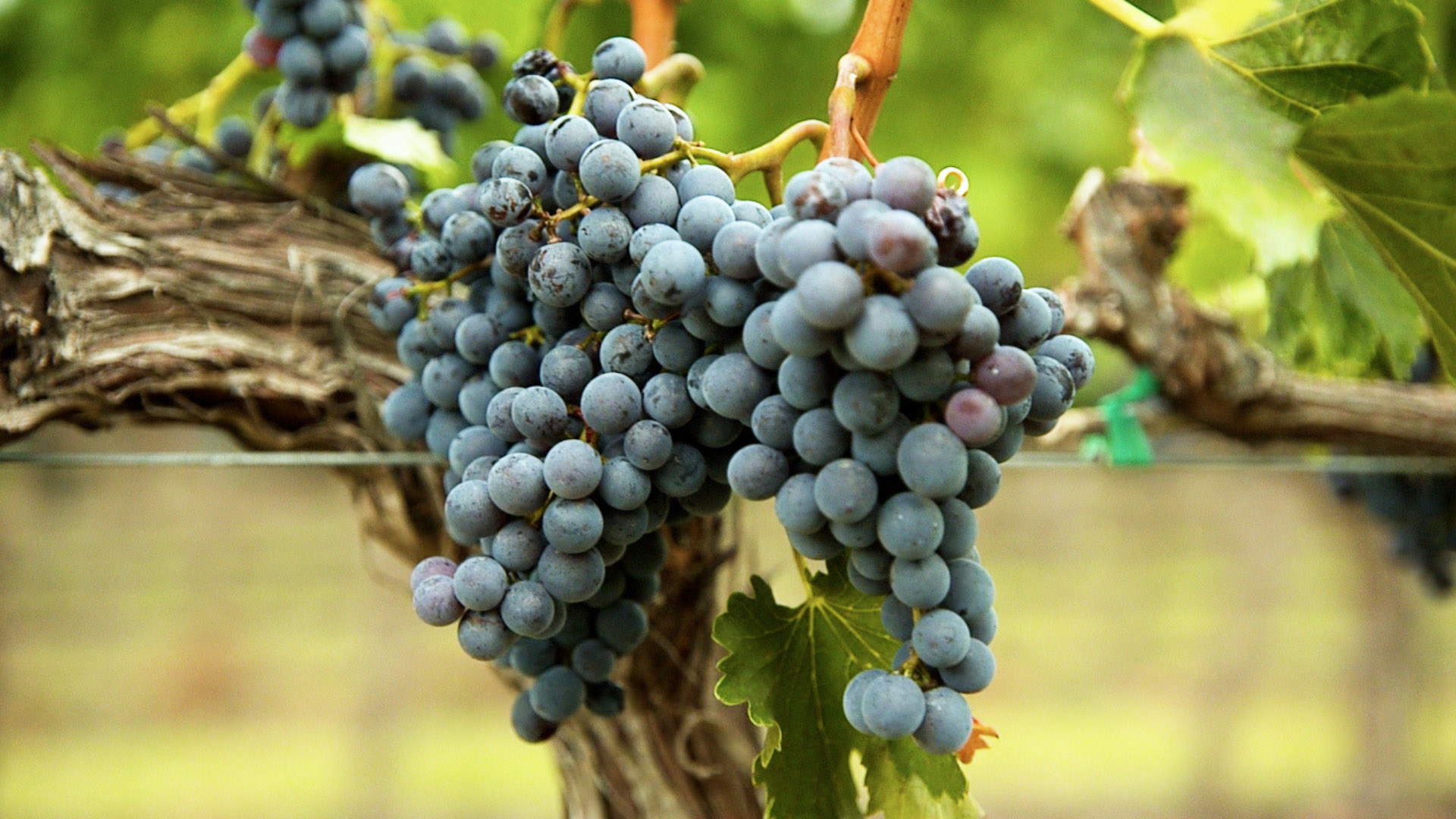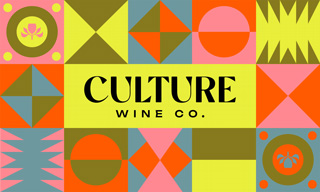
Pinotage is a unique South African red wine grape variety that has a distinctive history, character, and evolution in winemaking styles. It was first developed in the early 20th century, and in the last two decades, there has been a notable shift in its production, moving away from overripe, over-extracted, high alcohol, and heavily oaked styles towards lighter, fresher, and more approachable wines.
History of Creation:
Pinotage’s story begins in the early 1920s when a South African viticulturist and winemaker, Abraham Izak Perold, sought to create a grape variety that could combine the best qualities of Pinot Noir and Cinsault (known locally as Hermitage). His goal was to harness Pinot Noir’s delicate flavors and aromas with Cinsault’s robustness and adaptability to the South African climate.Perold’s experimental crossbreeding resulted in the birth of Pinotage in 1925. The name “Pinotage” is a combination of its two parent varieties, and this new grape variety quickly gained recognition and was officially acknowledged as a unique South African cultivar.
Early Styles:
For several decades, Pinotage wines often exhibited robust and powerful characteristics. These wines were known for their deep, dark color, intense fruit concentration, high alcohol content, and pronounced oak influences. The desire to craft wines that could stand out in the international market led to this style, which was sometimes polarizing due to its boldness.
Recent Evolution:
In the past 20 years, Pinotage winemakers have undergone a significant shift in their approach, embracing a more nuanced and restrained style:
- Fresher Fruit Profiles: Producers are now focusing on preserving the varietal’s distinct red and black fruit flavors, allowing Pinotage to express itself with less manipulation.
- Reduced Extraction: Over-extraction of tannins, color, and flavor compounds has given way to gentler winemaking techniques, resulting in wines with more balance and finesse.
- Lower Alcohol Levels: Many winemakers have consciously reduced alcohol levels in their Pinotage wines. This adjustment contributes to a more elegant and food-friendly style.
- Less New Oak: Excessive oak aging has been dialed back, allowing the grape’s natural characteristics to shine through. The use of older oak barrels or alternative aging vessels like concrete or clay has become more common.
- Increased Focus on Terroir: Winemakers are exploring different regions and vineyard sites to highlight the diverse terroirs of South Africa, further enhancing Pinotage’s complexity.
- Approachability: Lighter, fresher styles of Pinotage are now more approachable, appealing to a broader range of wine consumers who may have been previously deterred by the intense, concentrated flavors of earlier iterations.
These changes in Pinotage winemaking have led to a more diverse and exciting range of wines. Producers have learned to balance the grape’s intrinsic boldness with elegance and subtlety, making Pinotage a versatile choice for various occasions and pairings. This evolving style provides a captivating narrative for sales pitches, as it reflects the adaptability and innovation of South African winemakers while honoring the grape’s unique heritage.


